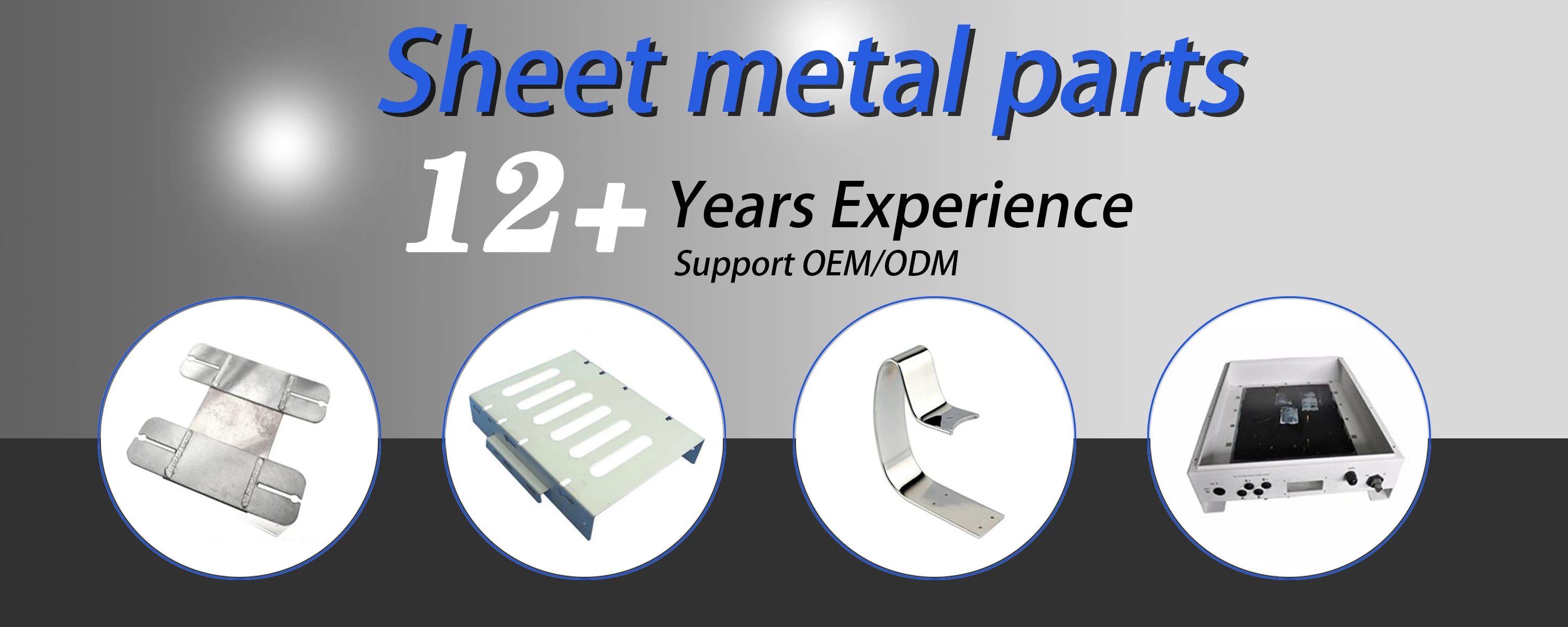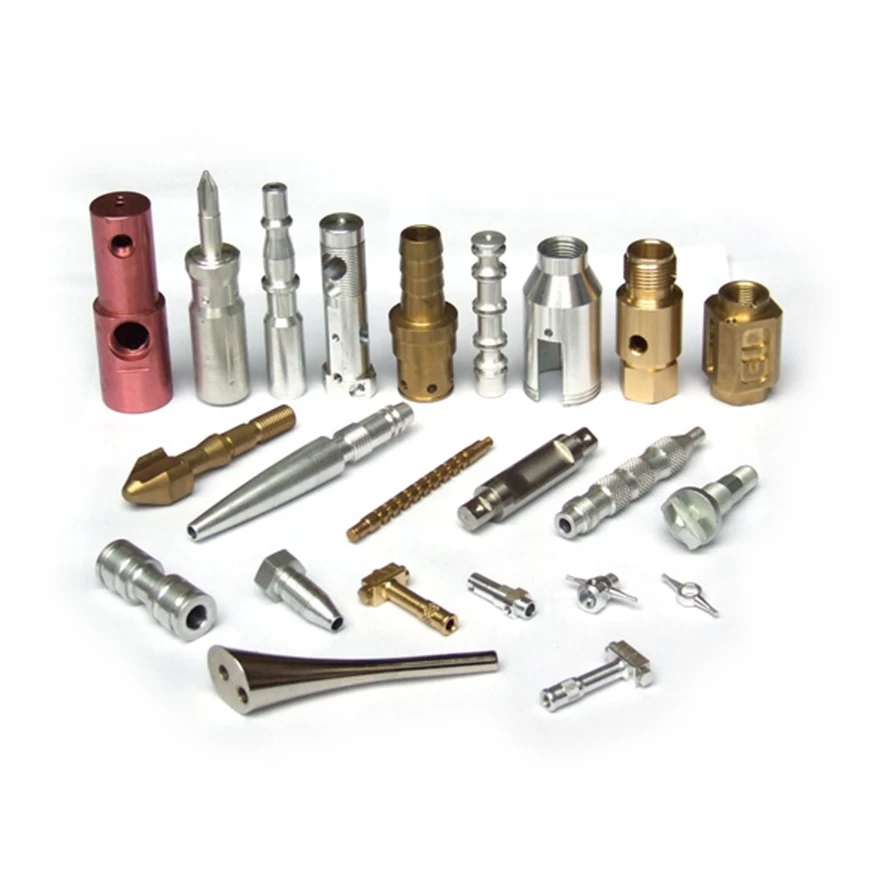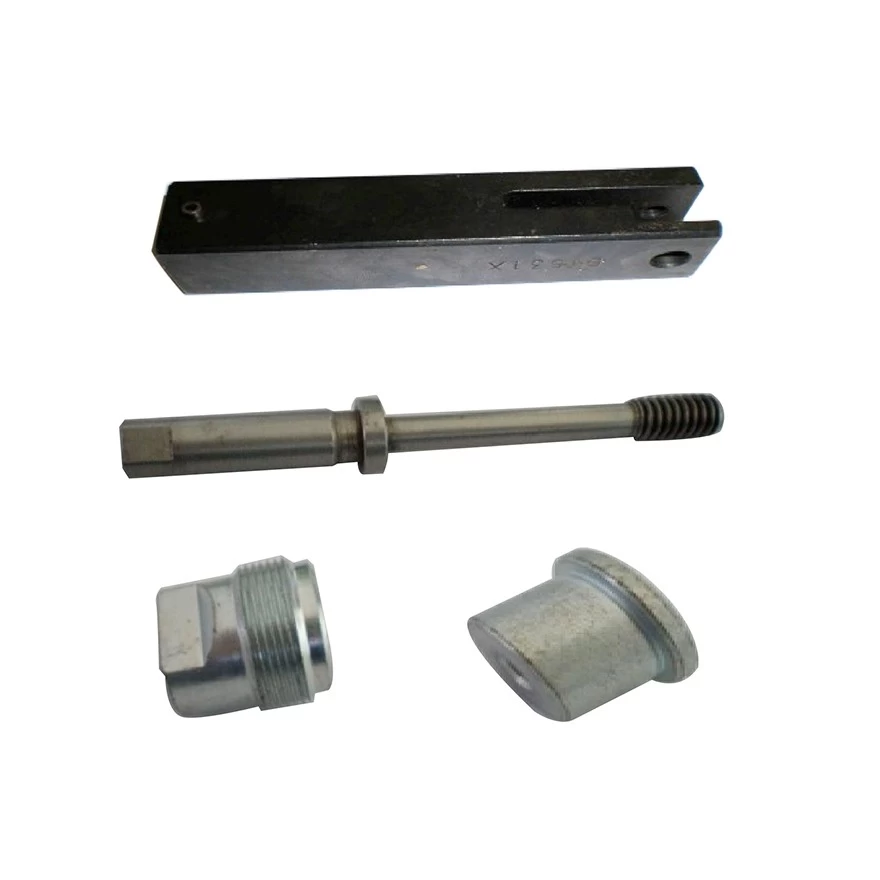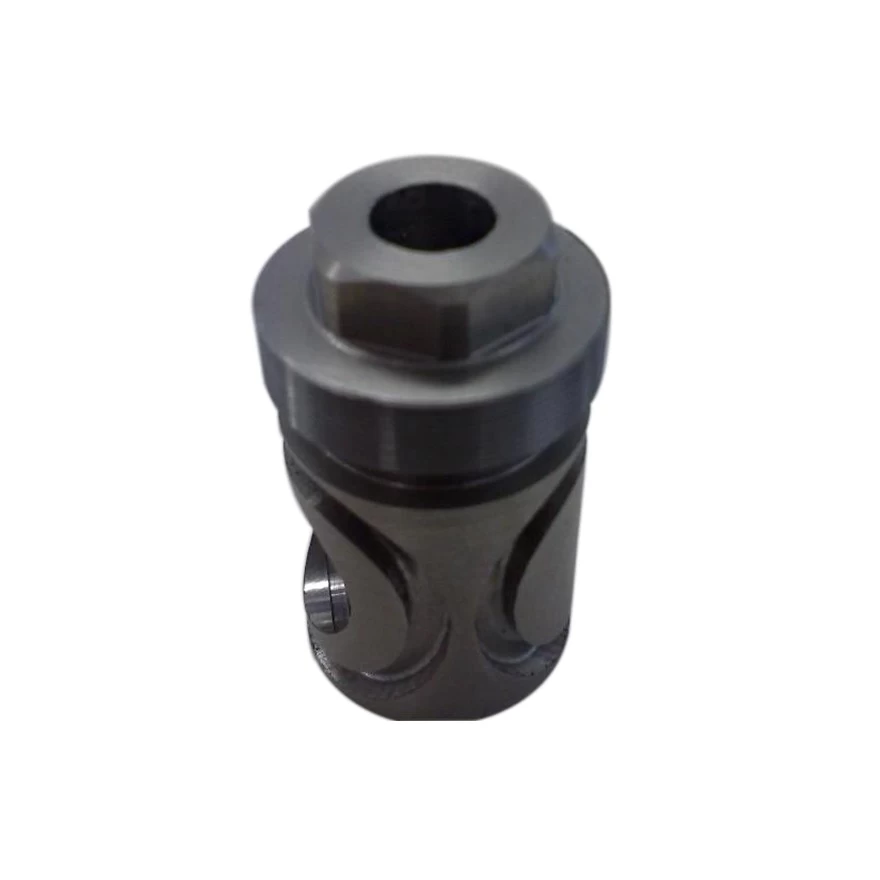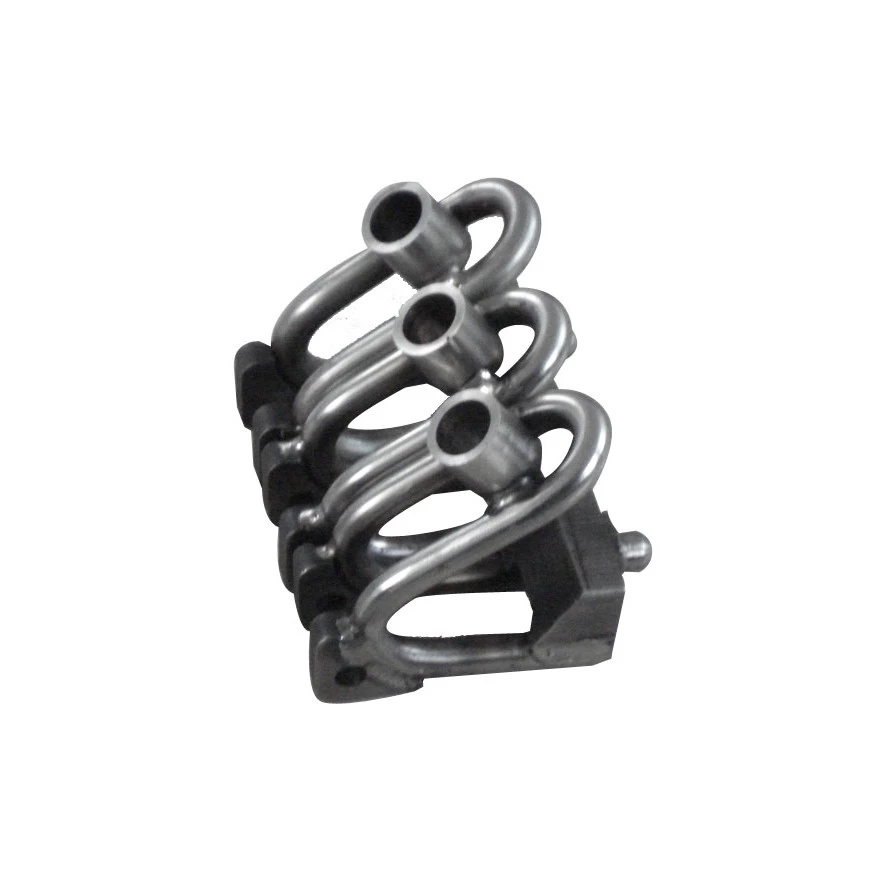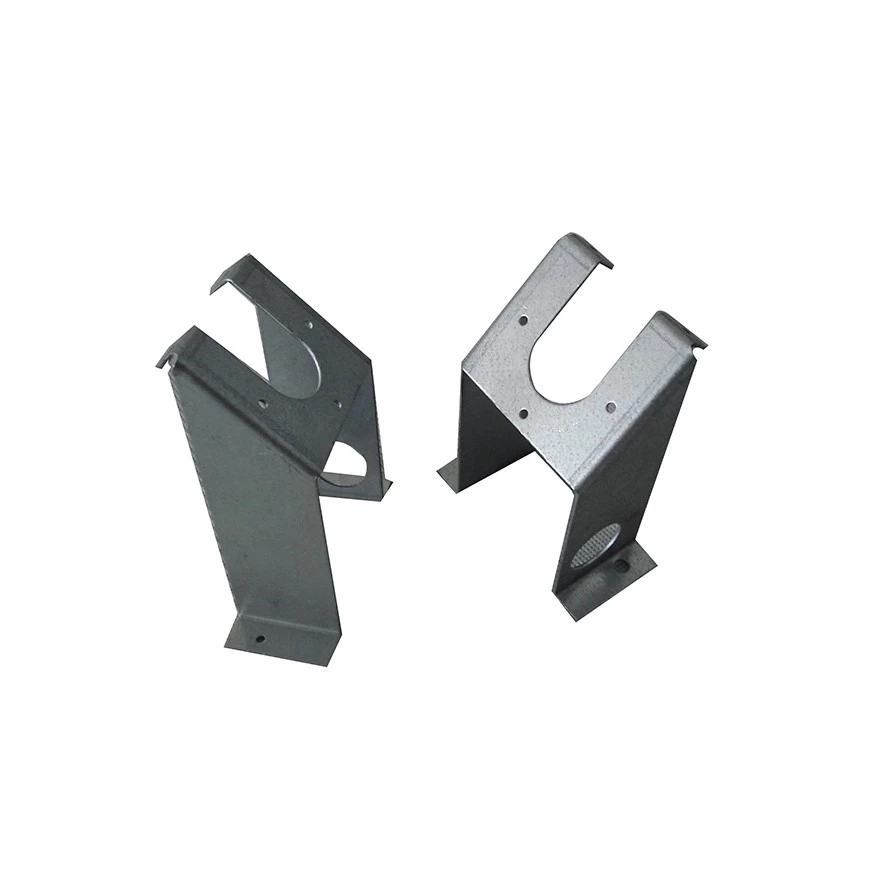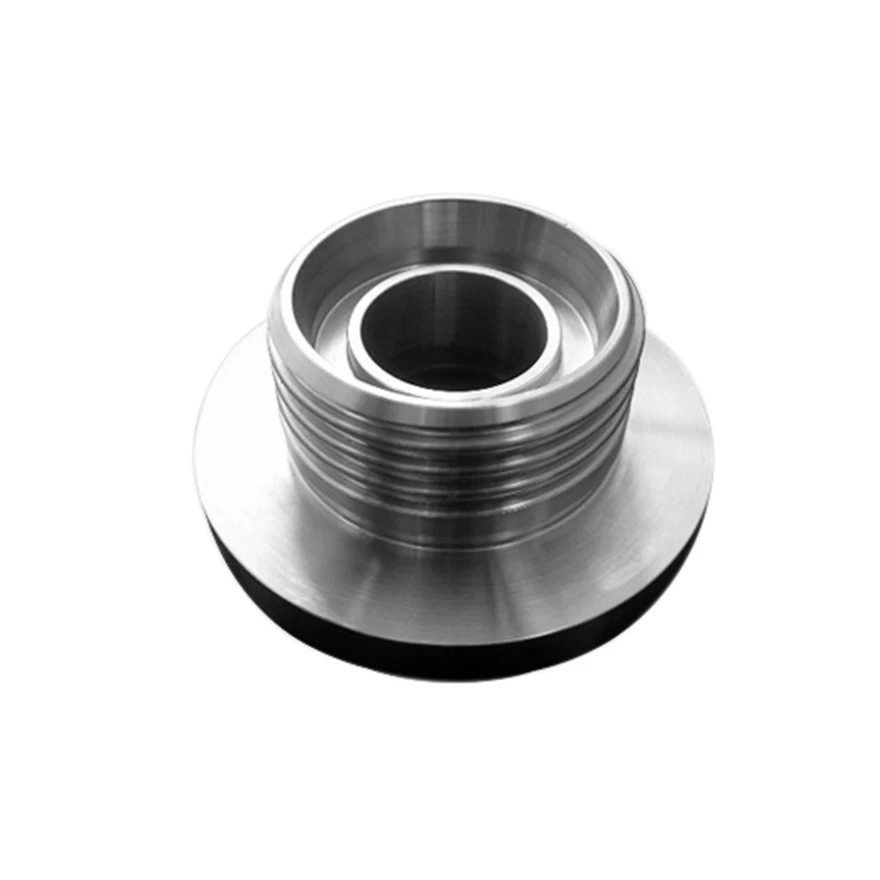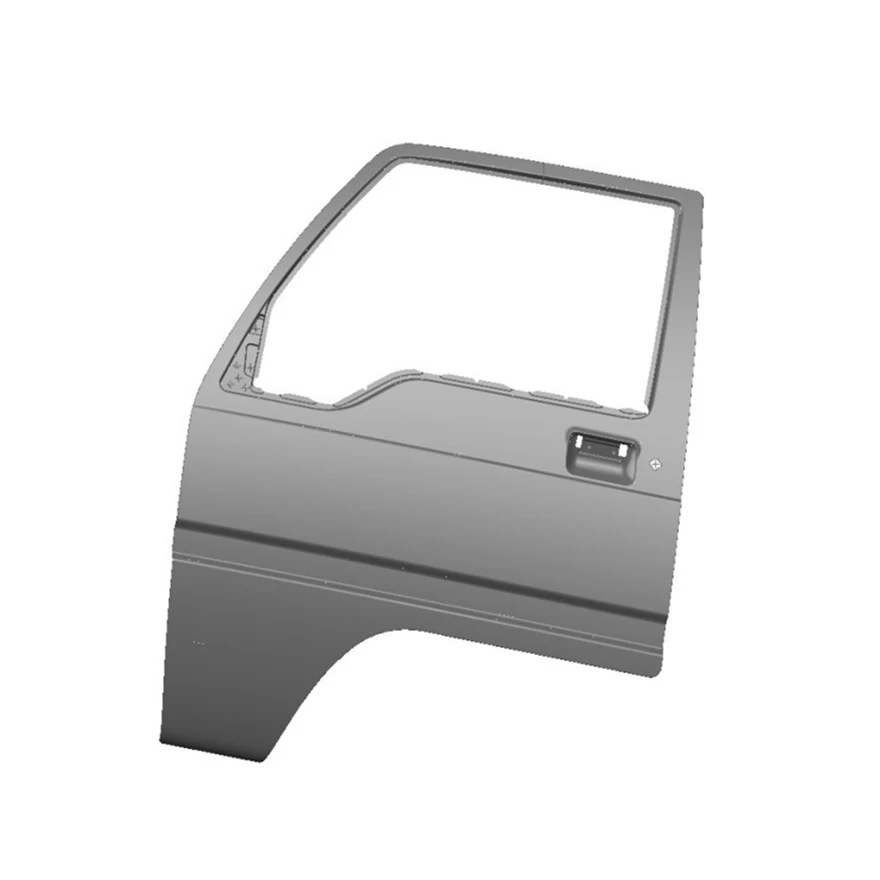Houdry Sheet Metal Fabrication Manufacturer Shows You How to Solve the Problem of Sheet Metal Corner Collapse
With the continuous development of industry, the consumption of sheet metal parts is also increasing. How to improve the production efficiency of small batches and multiple varieties and make it have intelligent performance is crucial. Sheet metal automated production lines are increasingly used Many people know.
In the process of sheet metal casing fabrication, when we perform the cutting process, sometimes the sheet metal casing parts will have sagging corners due to various reasons. Once the corner collapse phenomenon occurs, it will undoubtedly have a negative impact on the quality of the sheet metal shell parts. So do you know how to deal with the phenomenon of sagging in sheet metal shell fabrication parts? Houdry will introduce it to you below:
Angle collapse phenomenon of China sheet metal shell fabrication parts:
The so-called collapsed angle means that when turning in wire cutting processing, the corner of the workpiece processed by the sheet metal shell is not the theoretical size, but the corner is cut off a little by the electrode wire.
When the electrode wire is moving during processing, it is subject to various resistances. The feeding speed of the middle part of the upper wire guide nozzle and the lower wire guide nozzle is slightly delayed than the movement speed of the upper and lower wire guide nozzles. Assume that the delay amount is a on the upper and lower parts of the sheet metal shell processing part, and b in the middle part. The delay amount increases as the processing speed increases. When the processing direction changes (for example, 90 degrees), a sagging angle is formed because the movement of the upper and middle parts of the sheet metal shell processing part is delayed compared to the programmed movement.
The method to deal with the sagging corners of China sheet metal shell fabrication parts is as follows:
1. At the corner, the electrode wire program continues to extend forward by 0.5mm. This avoids the electrode turning at A and eliminates the sagging angle.
2. At the corner, the program moves forward 0.5mm, and then cuts back. The program offsets the radius of the electrode wire so that the sagging angle remains in the unnecessary part.
3. Set a pause program at the corner. The electrode wire stays at the corner for a few seconds to allow the middle part to catch up with the movement of the guide wire mouth and eliminate the delay. Then, the corner is processed again, thus eliminating the sagging angle.
To sum up, this is how to deal with sagging corners of sheet metal shell processing parts. If we encounter corner collapse during sheet metal shell processing, we can analyze and deal with it based on the above reasons.
How to effectively improve the level of sheet metal processing technology?
The plasticity of sheet metal fabrication allows China sheet metal processing to develop rapidly. The advantage of sheet metal processing compared with other processing technologies is plasticity. There are three types of plastic forming in sheet metal processing: cold, warm and hot; there are three research trends in plastic forming of sheet metal processing. Must do:
1. Study various solutions related to mechanics in the plastic forming process of sheet metal processing to analyze the stress and strain distribution rules in the deformation body, and determine the deformation force and deformation work in order to rationally select equipment tonnage and mold strength.
2. During the plastic forming process of sheet metal processing, the component strain and standard change rules are selected, and the appropriate blank and reasonable central blank shape are selected to optimally achieve the required shape of the component.
3. Study the influence of sheet metal processing conditions such as temperature and strain rate effect on metal plastic processing resistance and methods to improve metal toughness and reduce resistance to obtain components with excellent performance. Plasticity analysis methods for metal forming mainly include principal stress method, slip line method, upper limit method, finite element method, etc.; while commonly used experimental methods include visual plasticity method and dense grating method.

